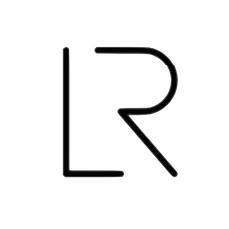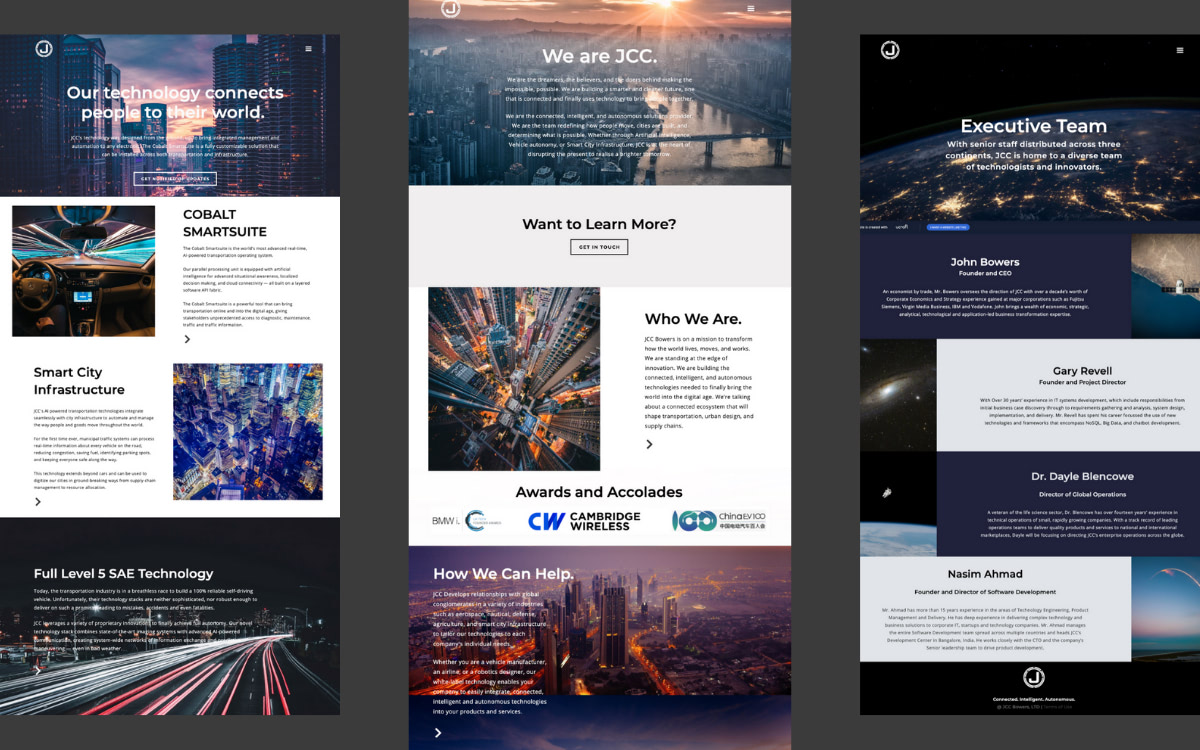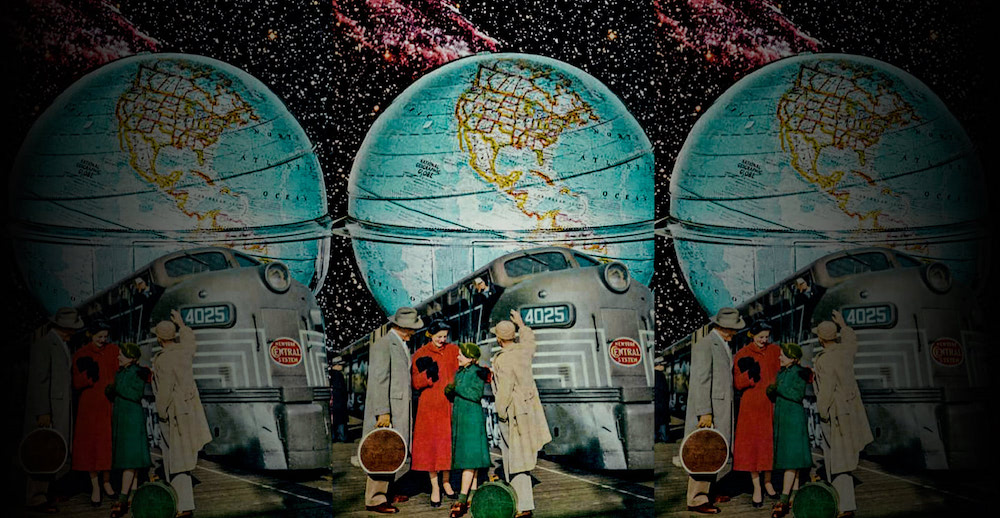Intro
When JCC Bowers was looking to found a new AI-powered connected car company, the company's CEO, John Bowers, asked me to help him launch the brand and build out its go-to-market strategy. Over the next three years, we built the transportation company to over £1b in purchase orders.
Where It Started
John reached out to me via Angel List because he had a new idea for a connected transportation technology. The idea was to build an AI-powered device that could be installed into cars to help people manage their vehicles. In the early stages, its pattern recognition capabilities were very sophisticated. The product could provide all sorts of predictive maintenance alerts and even predict when a user was going through a Starbucks drive-through by matching their GPS location with "idling vehicle" signals.
The technology stack was expansive enough that with the right integrations, the technology could be used in almost every mode of transportation, including jets, drones, submarines, and trains.
What the Company Needed
To bring this product to market, the company needed a robust marketing strategy that would span both B2C and B2B sides. Our vision for this product would be that it would eventually be available for sale to consumers from OEMs and retailers. In the beginning; however, we focused on the B2B market, deciding that a single order to a fleet company (like Hertz) would be a much bigger get than a lot of little orders using a direct to consumer method.
The company also needed a way to talk about this product, which combines in-vehicle hardware and software, a mobile app, and a backend platform for the business itself.
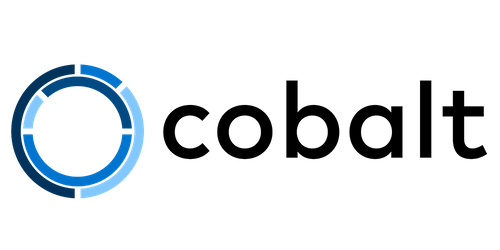
Branding the New Product
After extensive brand research, which also spanned domain availability, I pitched that the product line should be called Cobalt. This word suited us well because it evoked the expansiveness of the blue sea. I particularly liked that it contained the syllable “Co”, which has all sorts of collaborative associations.
To differentiate the product line across transportation and to upscale the brand a bit, we added a Latin-sounding suffix to each version of the product, including:
- Cobalt Auta for vehicles.
- Cobalt Aria for aircraft.
- Cobalt Oceania for watercraft.
- Cobalt Terra for agriculture.
Etc.
Furthermore, we reinforced the idea of integrated ease by developing a chipper personality and identity for our in-app chatbot, Cobie.
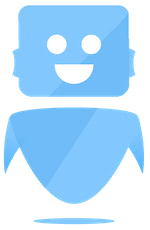
Our Go-To-Market Strategy
The digital marketing strategy I developed for JCC covered 5 main marketing areas:
- 1. Digital Paid. — 30%
- 2. Inbound, Webinar, and Social Media. — 15%
- 3. Publicity and PR. — 5%
- 4. Events — 20%
- 5. Channel Partner Marketing. — 30%
Our overarching goal was to take a data-driven approach to develop leads that could then be handed over to our sales team.
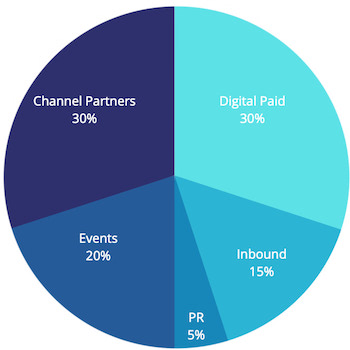
The Power of Channel Marketing
Early on, we discovered that the automotive industry tended to be very skeptical of new entrants in the space, particularly a tech company like ours. Product development lifecycles were just too long, which complicated efforts for monolithic vehicle manufacturers to innovate quickly and install untested technologies in their fleet of vehicles.
This obstacle inspired (and gave rise to) our heavy investment in Channel Partner Marketing. Using a suite of digital marketing strategies (paid, inbound, etc.), we recruited a veritable army of automotive consultants and influencers to go and evangelize our products to their networks.
The funnel looked like this:
- Identify prospects using Linkedin Sales Navigator.
- Hit them with a series of ads inviting them to an exclusive opportunity.
- Get them to sign up for a webinar on our website using a landing page.
- Finally, in the webinar, we explained our product and outlined our very generous incentive program to get them to refer us to their existing consultancy clients.
Results
By giving these consultants the incentives and tools they needed to pitch us to their networks, we were able to get preorders for the Cobalt Suite from all over the world. The sales materials that we built to support this effort were translated into nearly a dozen languages and lead to sales in North & South America, Asia, Europe, and the Middle East.
Overall, this led to £1.2 billion in SOW purchase orders.
